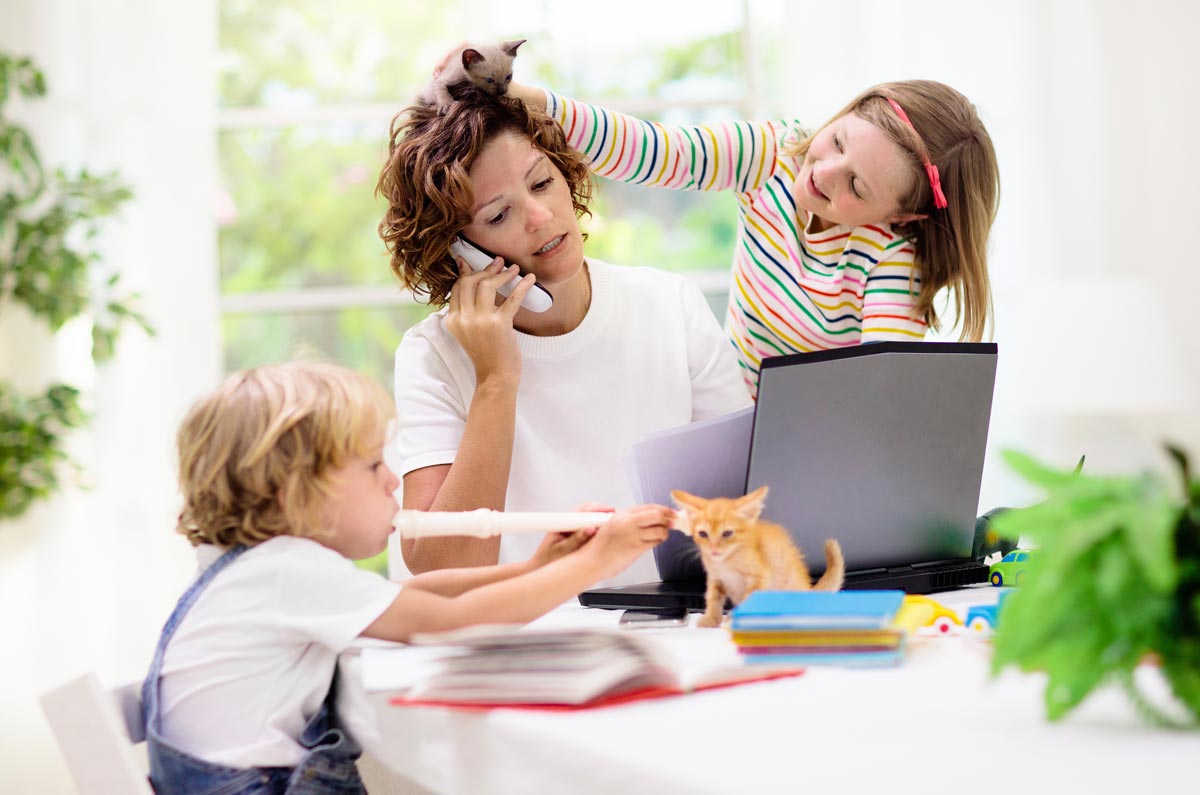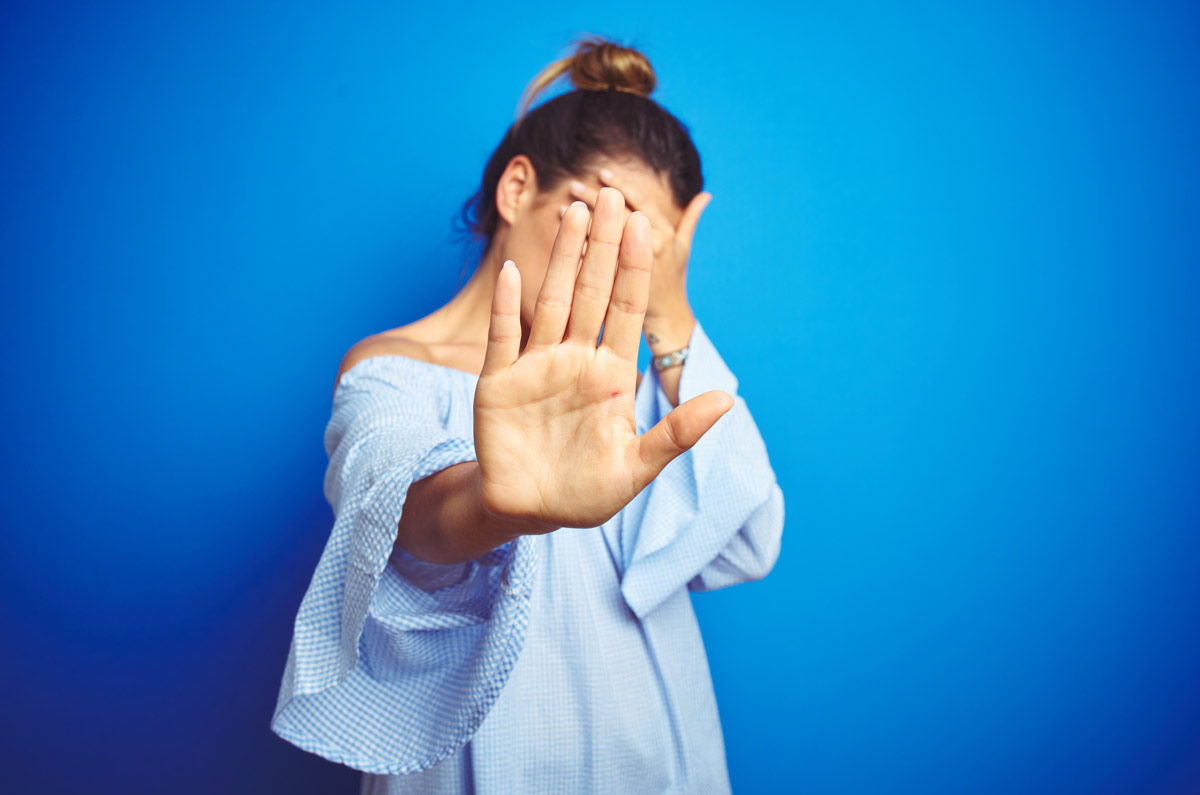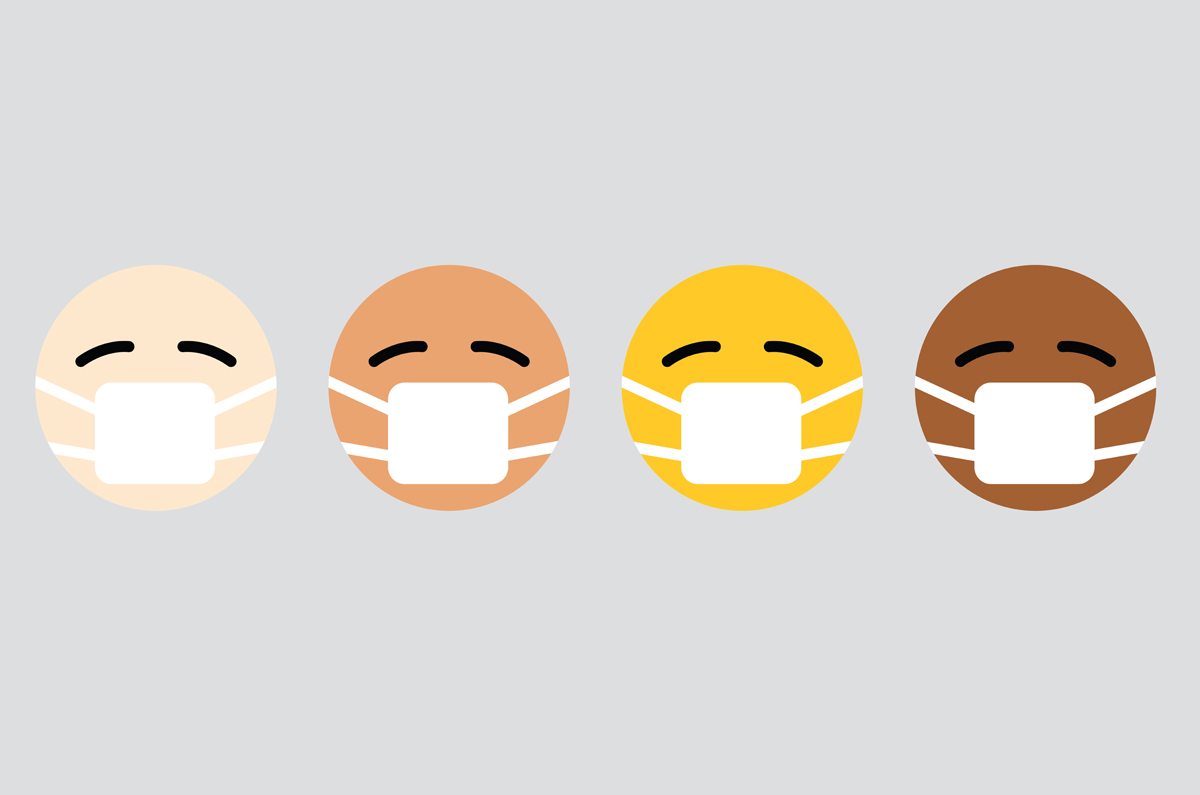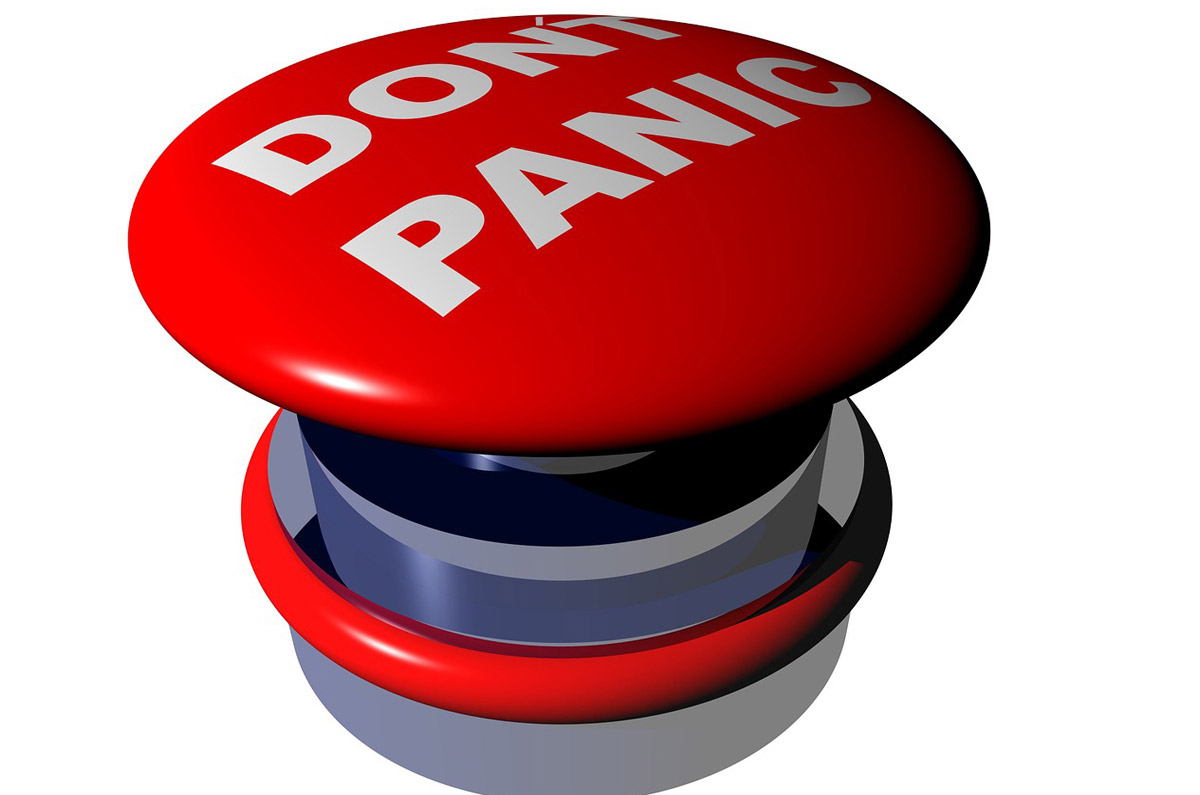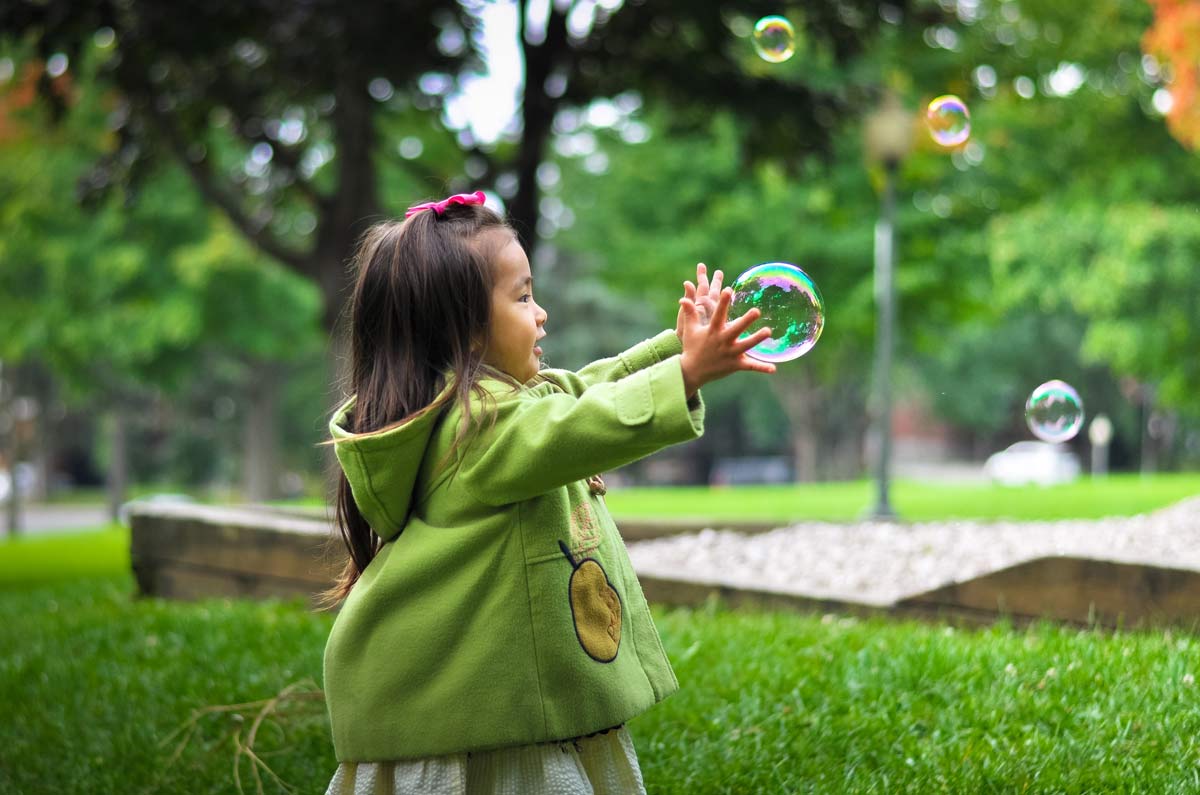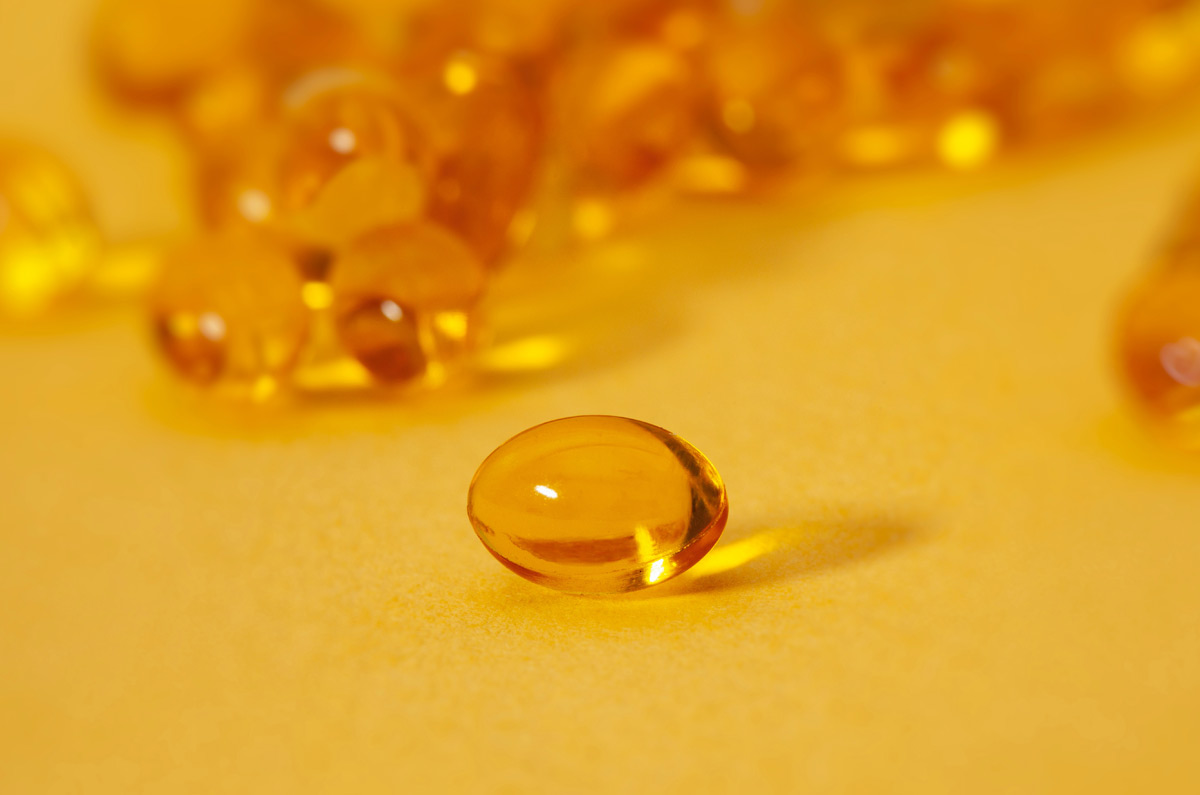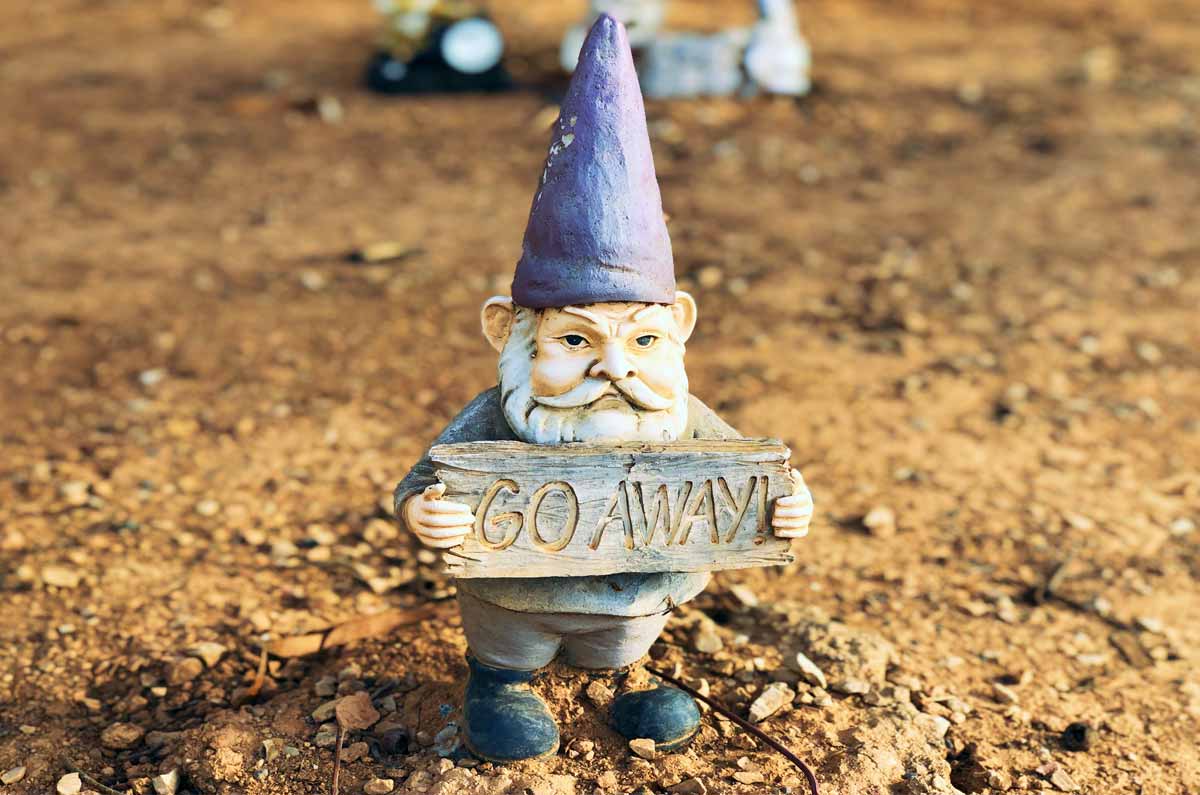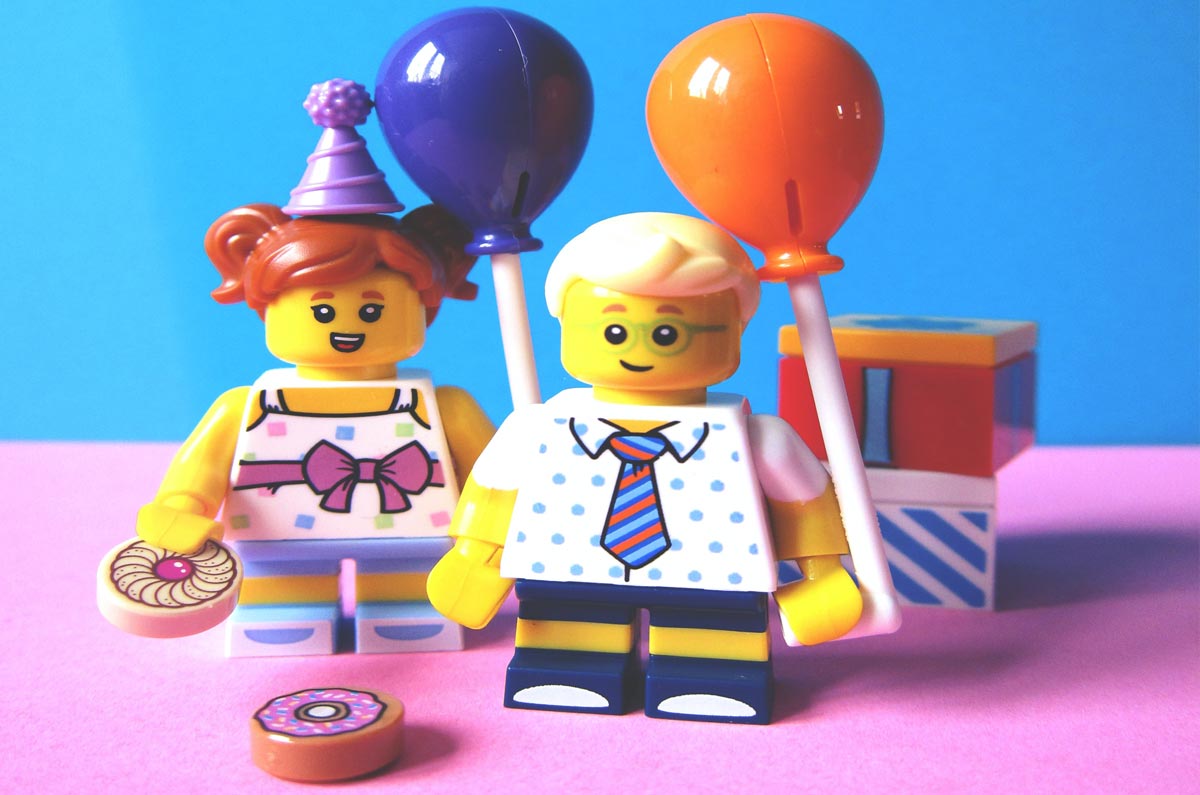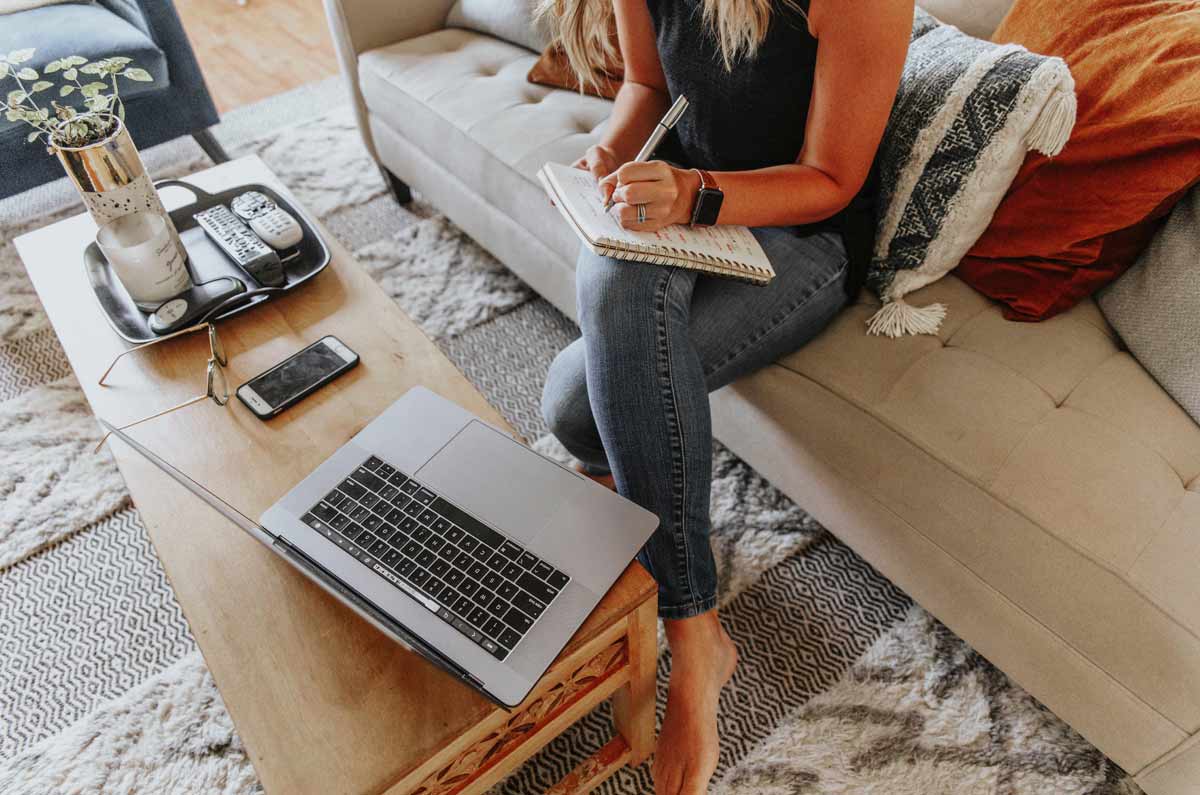We’re used to having a certain amount of control and consistency in our lives. Before COVID our lives were fairly predictable and we generally knew what was coming. It made us feel secure and settled.
But at the moment it’s almost impossible to know what’s coming. Things are constantly changing and there’s so much we can’t control because of this new world we find ourselves in.
The problem is that when we feel like we have little or no control, we can start to feel more anxious and stressed. Apart from the significant impact this can have on our mental health, we know our physical health is negatively affected by periods of increased stress and anxiety. Our pain and fatigue becomes more intense, our sleep is affected, as is our concentration and blood pressure. We may also get more frequent headaches and stomach upsets.
So if we can take back some control, we won’t feel so powerless. This can help reduce the impact of stress and anxiety on our health.
But we’re in a pandemic – what can I control?
I’m glad you asked. While there are lots of big picture problems we can’t change, we can focus on the small, personal things that affect ourselves, our family and friends and our community.
Start with rituals and routines
Work – Hands up if your working from home attire is something you couldn’t wear to work even on a casual Friday? Many of us have relaxed into trackies, slippers and other comfy clothes. Unless we’re on a video chat, in which case our top half is more presentable.
But this has the effect of blurring the lines between work and home life; just when we really need that distinction to give us work/life balance. And while I won’t go so far as to suggest we all get dressed in our pre-COVID work clothes (though some of you may do that) making a few simple changes may help solidify the lines between work and leisure.
In a recent article in The Age, Melissa Singer wrote that when she’s working she puts on her work shoes, even if she’s wearing comfortable, loungy clothes. At the end of the day she can kick them off. This is her signal that work is done for the day.
You can do similar things like putting on some perfume/aftershave, lipstick, a favourite work shirt, or putting your work away in a briefcase or work bag at the end of the day. They’re things we associate with work, and when we’ve finished work, we should go through our end of work day routine.
And if you can, put your work out of sight so it’s not in view. Even if that means putting a sheet over it. Create a new work routine that helps you put work aside so you can relax and enjoy your leisure and home time.
Daily routines – It’s important during times of change and uncertainty to have a daily routine that you stick to. It will help you feel more in control of your life and what’s happening at the moment.
Your routine is very specific to you and your life, and will be affected by what you need to do in your day, if you have people depending on you, if you’re working from home, have school work (or need to help others with school work) etc.
It might help to sit down with the members of your household and create a calendar that includes everyone’s commitments and needs. Things to think about when creating your calendar:
- Get everyone involved. It’s vital that everyone feels that their needs matter and they’re being heard.
- Include specific time for fun stuff, exercise and connecting with family and friends.
- Keep your weekends separate – this is really important so that you can get your chores done (sadly the laundry doesn’t stop because of a pandemic) and you have time to do creative stuff, exercise, and get a break from the workday routine.
- Be very clear on your hours. It’s really easy to lose track of time. If you find this happening, set reminders on your phone to alert you.
Birthdays, weddings, graduations, funerals – These are big events for us all. They make us feel connected with our people. And while there may be some restrictions depending on where you live, it’s important we continue to mark these occasions in whatever way we can. In person, via video or phone. We can send celebratory or condolence cards; we can even go the extra mile and make our own. We can write letters and actually put down on paper how much people mean to us. I can guarantee that this will mean so much to the recipient.
Things are different, but there’s no reason we can’t still connect when it comes to the important occasions in our life. Or just on a random Tuesday.
Our health
We need to continue to look after ourselves. We have musculoskeletal conditions, so we need to continue to manage them as best we can. That means staying in touch with your healthcare team, alerting them to any changes or concerns, exercising, getting your regular tests done when they’re due, managing your weight and looking after your mental health.
Many of us have other health conditions as well. So we need to manage those too. Looking after your health is a really tangible thing you can do to feel in control in an upside down world.
The COVID three
This would be the worst band name ever, but it’s stuck in my head from all the ads in the media. Which I guess is the point.
We can control how we react to the pandemic and reduce our risk of becoming infected, or spreading the virus, by following what Deputy Chief Medical Officer Dr Nick Coatsworth calls the COVID 3.
Wash your hands, physically distance yourself from others and consider downloading the COVIDsafe app. Stay home if you’re unwell and get tested. Cough and/or sneeze into your elbow. Consider wearing a mask. Use hand sanitiser when you don’t have access to soap and water. And follow the advice of the chief health officer in your state or territory. Wait, hang on, that’s 10 things.
Oh well, just stay safe people. Stay kind. And look after yourself and others.
Contact our free national Help Line
If you have questions about things like COVID-19, your musculoskeletal condition, treatment options, telehealth, managing your pain or accessing services be sure to call our nurses. They’re available weekdays between 9am-5pm on 1800 263 265; email (helpline@msk.org.au) or via Messenger.
More to explore
- Anxiety and depression
Musculoskeletal Australia - Looking after your mental health in an insane world
Musculoskeletal Australia, 1 April 2020 - Why people need rituals, especially in times of uncertainty
The Conversation, 25 March 2020 - Building your resilience
American Psychological Association, 2012
Reference
- Even behind the curtain of Zoom, the show must go on
The Age, 9 July 2020

